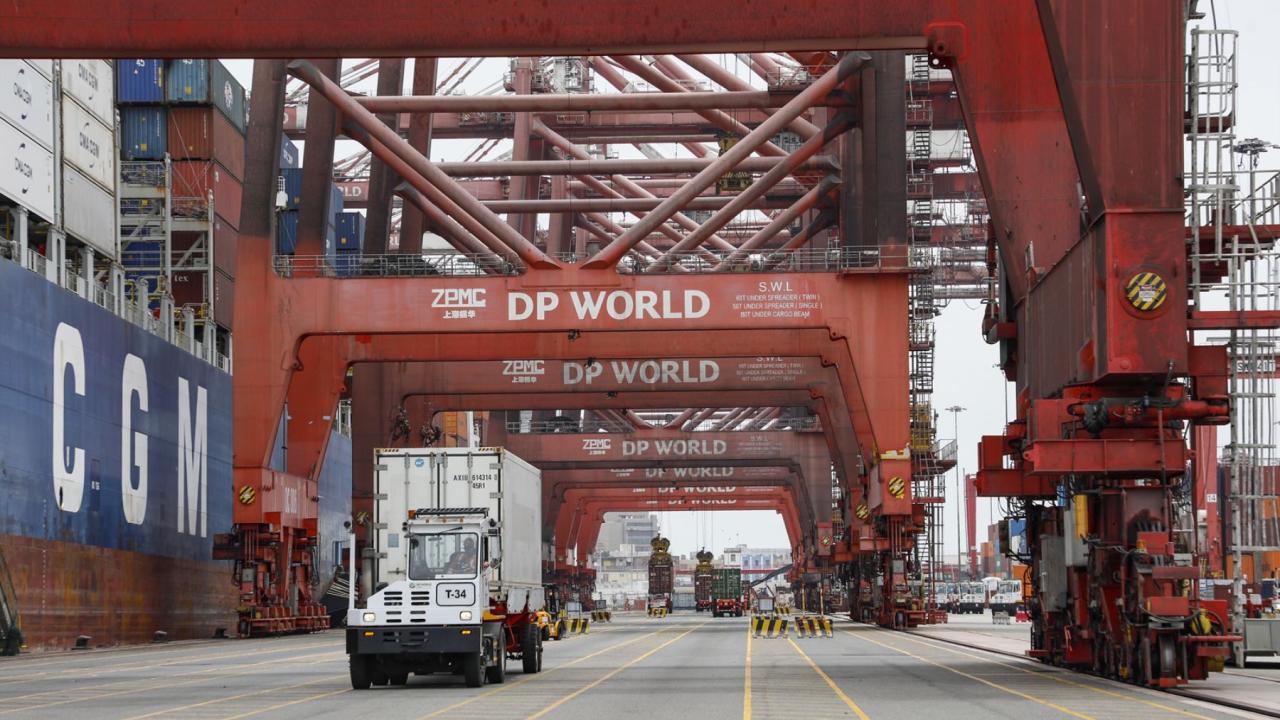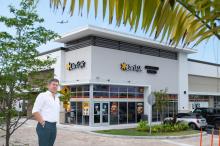
This trend is due to economic diversification and trade openness.
Peruvian foreign trade is experiencing a golden moment, with a growth of 23.3% in May 2024.
The better prospects in this sector allow us to foresee a record of shipments at the end of 2024.
The energy transition, driven by the fight against climate change and the search for a sustainable future, reconfigures the global panorama.
According to the International Monetary Fund (IMF), Latin America, with its vast reserves of critical minerals such as copper, lithium, magnesium and other elements essential for green technologies, is positioned as a fundamental player on this new board.
Far from being a mere supplier of raw materials, the region has the opportunity to become a key player in the clean technology value chain, generating not only income from the sale of minerals, but also promoting job creation, technological innovation and sustainable development, says a report published in the Diario El Peruano .
In a global environment, marked by uncertainty and volatility, foreign trade established itself as a fundamental basis for the stability and growth of economies.
In the case of Peru, exports not only represent a crucial source of income, but also act as an engine of social and economic development, driving job creation, productive diversification and the country's competitiveness on the international stage.
SIGNIFICANT PROGRESS
The figures from the Peruvian export sector in recent months are truly surprising. In May 2024, exports registered a growth of 23.3% year-on-year, the highest rate in the last 27 months, according to the head of the Ministry of Foreign Trade and Tourism of Peru (Mincetur), Elizabeth Galdo.
This exceptional result adds to the accumulated growth of 5.5% during the first five months of the year, positioning Peru on a path of unprecedented expansion.
The rise of Peruvian foreign trade not only predicts a record for the end of the year, but also highlights the solidity and resilience of the Andean country's economy, capable of overcoming the challenges of the international environment and positioning itself as a relevant actor in the global trade.
EMPLOYMENT
Behind each exported product there is a story of work, effort and dedication. Exports not only generate income for companies, but are also a driver of job creation, both direct and indirect.
From the countryside to the factories and ports, thousands of Peruvian families find their livelihood in the dynamism of the export sector.
The positive impact of exports goes beyond the numbers. It translates into better opportunities for communities, greater access to education and health, and a better standard of living in general.
The growth of the export sector contributes, therefore, to the construction of a more fair, equitable and prosperous Peru.
The trade opening policy implemented by the Peruvian Government was a determining factor in the current export boom. The signing of 22 trade agreements with 58 economies opened new doors to the international market, diversifying destinations and exported products.
This strategy allowed Peruvian companies to access new market niches, reduce costs and increase their competitiveness on the global stage.
A clear example of this is the recent conclusion of the negotiation to optimize the Free Trade Agreement (FTA) with China, which will undoubtedly bring greater benefits for Peruvian companies and attract more investment from the Asian giant to our country.
DIVERSIFICATION
Peruvian exports are not concentrated in a single sector. Peru has a wide and diverse exportable offer that covers a wide variety of products, from raw materials to manufactured products and high added value.
In recent months, sectors such as mining, agriculture, textiles and metallurgy experienced notable growth. The case of gold stands out, whose sales increased by 56% thanks to its price reaching a historical record in May.
Exports of cocoa and derivatives (130%), coffee (59%), blueberries, avocado and lemon, plastic products (30%) and refined copper wire (23%) also shine.
This productive diversification not only reduces dependence on the gross domestic product (GDP) of a single sector, but also makes it possible to take advantage of Peru's comparative advantages and generate greater added value in its products.
Peruvian shipments abroad are not only growing in volume, but are also diversifying in their destinations. Although Asia continues to be the main receiving continent (52%), America (31%) and Europe (15%) are gaining ground.
China remains the main destination, followed by the United States, the European Union, Canada and India. However, it is important to highlight the growth of exports to markets such as the United Arab Emirates (110%) and India (50%), driven by higher sales of gold.
This market diversification reduces dependence on a single destination, which protects the Peruvian economy from price fluctuations and demand volatility in specific markets.
In addition, it opens new opportunities for Peruvian companies to enter markets with high growth potential.
DYNAMIC REGIONS
The regions of Peru are not far behind in this export boom. Eleven regions experienced an increase in their exports during January-May 2024, with Puno (138%), Huánuco (55%) and Loreto (42%) leading the growth.
This data reflects the enormous potential that regions have to contribute to the economic development of the country through the diversification of the exportable supply and the generation of added value in their products.
The growth of exports in inland regions not only diversifies the national economy, but also contributes to the decentralization of development and the generation of opportunities in historically marginalized areas.
These initial results confirm the great moment of Peruvian foreign trade.









